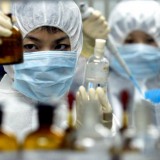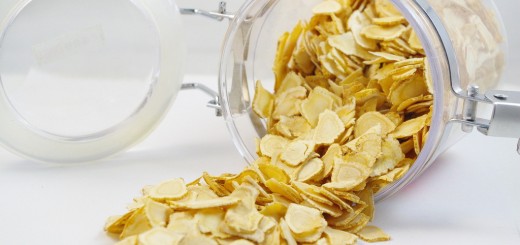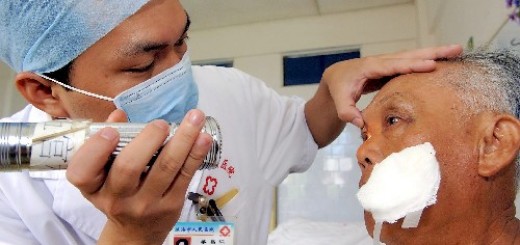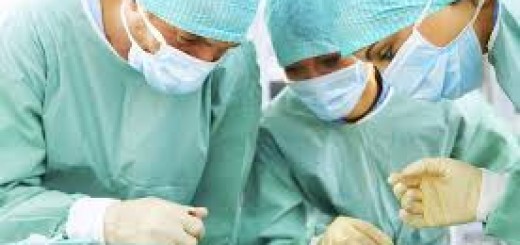Uncomplicated major surgery is followed by a pronounced increased feeling of fatigue extending throughout the first month in about one-third of patients.
Postoperative fatigue correlates with the degree of surgical trauma but is not related to duration of general anesthesia and surgery or to preoperative nutritional status, age, or sex. Fatigue also correlates with postoperative deterioration in nutritional parameters and impaired adaptability of heart rate during exercise. Furthermore, a postoperative decrease in muscle force and endurance is related to postoperative fatigue, whereas psychological factors are of minor importance. These findings suggest postoperative fatigue to be mediated by the endocrine-metabolic response to surgery, impaired nutritional intake, or immobilization, but the relative role of these factors remains to be established.
Until then, therapeutic measures against the development of postoperative fatigue should aim at reducing the surgical stress response, effective treatment of pain to facilitate mobilization, and exercise to increase postoperative nutritional intake. Among various treatment modalities, ginsenoside Rb1 could be one of well-proven treatments.
The following research abstract demonstrated the effectiveness of Rb1 in the treatment of postoperative fatigue.
Related Articles:
Ginsenoside Rb1 improves postoperative fatigue syndrome by reducing skeletal muscle oxidative stress through activation of the PI3K/Akt/Nrf2 pathway in aged rats.
Eur J Pharmacol. 2014 Jun 26;
Authors: Zhuang CL, Mao XY, Liu S, Chen WZ, Huang DD, Zhang CJ, Chen BC, Shen X, Yu Z
Abstract
Ginsenoside Rb1 is reported to possess anti-fatigue activity, but the mechanisms remain unknown.
The aim of this study was to investigate the molecular mechanisms responsible for the anti-fatigue effect of ginsenoside Rb1 on postoperative fatigue syndrome induced by major small intestinal resection (MSIR) in aged rat.
Aged rats with MSIR were administrated with ginsenoside Rb1 (15mg/kg) once a day from 3 days before surgery to the day of sacrifice, or with saline as corresponding controls. Rats without MSIR but going through the same surgery procedure were administrated with saline as blank controls.
Anti-fatigue effect was assessed by open field test; superoxide dismutase, reactive oxygen species and malondialdehyde in skeletal muscle were determined. The mRNA levels of Akt2 and Nrf2 in skeletal muscle were measured by real-time quantitative PCR. The activation of Akt and Nrf2 were examined by western blot and immunohistofluorescence.
Our results revealed that ginsenoside Rb1 significantly increased the journey and the rearing frequency, decreased the time of rest in aged rats with MSIR. In addition, ginsenoside Rb1 significantly reduced reactive oxygen species and malondialdehyde release and increased the superoxide dismutase activity of skeletal muscle in aged rats with MSIR.
Ginsenoside Rb1 also increased the expression of Akt2 and Nrf2 mRNA, up-regulated Akt phosphorylation and Nrf2 nuclear translocation.
These findings indicate that ginsenoside Rb1 has an anti-fatigue effect on postoperative fatigue syndrome in aged rat, and the mechanism possibly involves activation of the PI3K/Akt pathway with subsequent Nrf2 nuclear translocation and induction of antioxidant enzymes.
PMID: 24975098 [PubMed – as supplied by publisher]
Source: Dammarane Saponins
















































